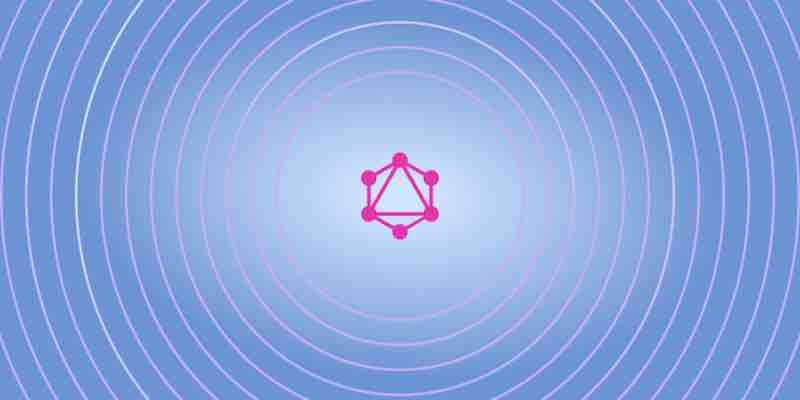The Graph Data Structure

A graph data structure represents a set of objects (called nodes or vertices) and the relationships between them (called edges). Graphs can model real-world entities and associations, such as social networks, transportation networks, and computer networks.
There are many reasons why we use graph data structures. Some of the most common causes include:
- To represent relationships between entities: Graphs can describe relationships between entities in a way that is easy to understand and manipulate. For example, a social network can be represented as a graph where each node represents a person, and each edge represents a friendship between two people.
- To find paths between entities: Graphs can be used to find ways between entities. For example, a transportation network can be represented as a graph where each node represents a city, and each edge represents a road between two cities. We can use graphs to find the shortest path between two cities.
- To find connected components: A related part is a group of nodes in a graph that are all connected. Graphs can be used to find connected components. For example, a computer network can be represented as a graph where each node represents a computer and each edge represents a network connection between two computers. We can use graphs to find all of the computers that are connected.
Graphs are robust data structures that can model various real-world entities and relationships. They are a valuable tool for data analysis and problem-solving.
Here are some examples of how graph data structures are used in real-world applications:
- Social Media: Social media platforms use graph data structures to track user relationships. This information can be used to recommend friends, suggest content, and target advertising.
- Transportation: Transportation companies use graph data structures to plan routes for vehicles. This information can be used to optimize traffic flow, reduce congestion, and improve efficiency.
- Computer networks: Computer networks use graph data structures to track device connections. This information can be used to troubleshoot network problems, identify security risks, and improve performance.
These are just a few examples of graph data structures used in real-world applications. As the world becomes increasingly connected, graph data structures will become even more critical for solving complex problems and making better decisions.